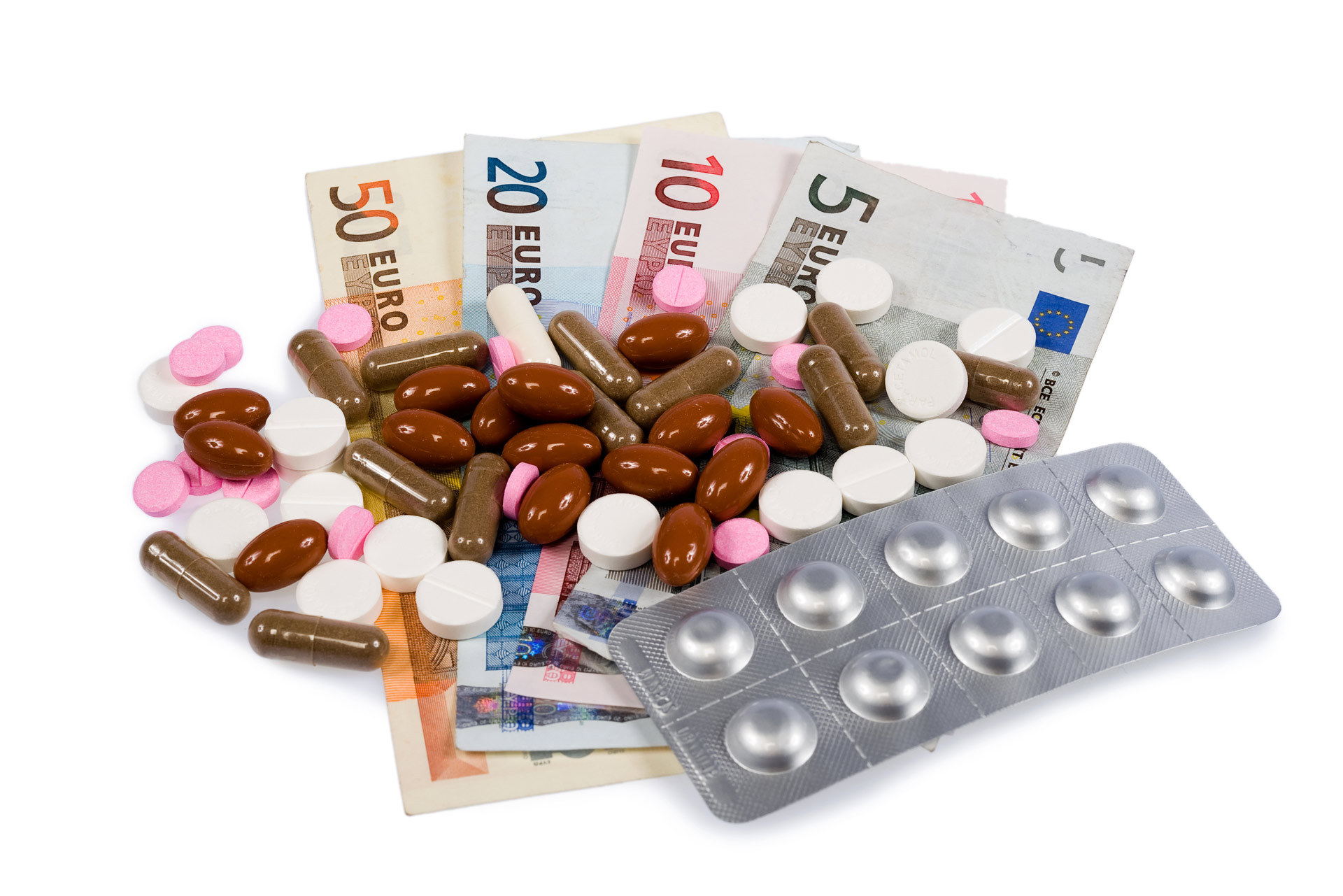The pharmaceutical industry is always under the threat of a changing stringent regulatory environment and the excessive cost of manufacturing that comes with it to abide by the regulations. Add to this the increasing competition and product development expenditures, and the company starts looking for different avenues for cutting down production cost.
While many pharma firms focus on R&D and operations for reducing costs, packaging remains one of the most commonly overlooked approaches to lowering production costs and increasing revenues. Working on specific features such as better material selection, design, and manufacturing methods can bring about cost savings in product packaging and, ultimately, reduce packaging costs.
Several elements are involved in packaging, from materials to processes. In the case of packaging films and foils, which are major components in pharma packaging armamentarium, choosing the right kind of material can make a drastic difference in the overall packaging cost. Recently, a series of studies assessed the impact of packaging material (aluminum) thickness on functionality and total costs of products. The results of the studies showed that a few small modifications in the basic components of blister packaging could significantly reduce the overall packaging cost. The studies analyzed the impact of:
- selecting the right aluminum thickness of cold-form laminates and push-through foils
- choosing the right aluminum thickness of lid foils
- switching from strip packs to CFFs or tropical blisters
- replacing extruded polyethylene with push-through foils with lacquer sealing
The studies revealed that each of these minor changes not only resulted in lower packaging cost but, most importantly, also increased the efficiency of the packaging film and/or foil. We will present the outcomes of each of these studies in detail in the upcoming blogs. Keep an eye on this space for more information.



